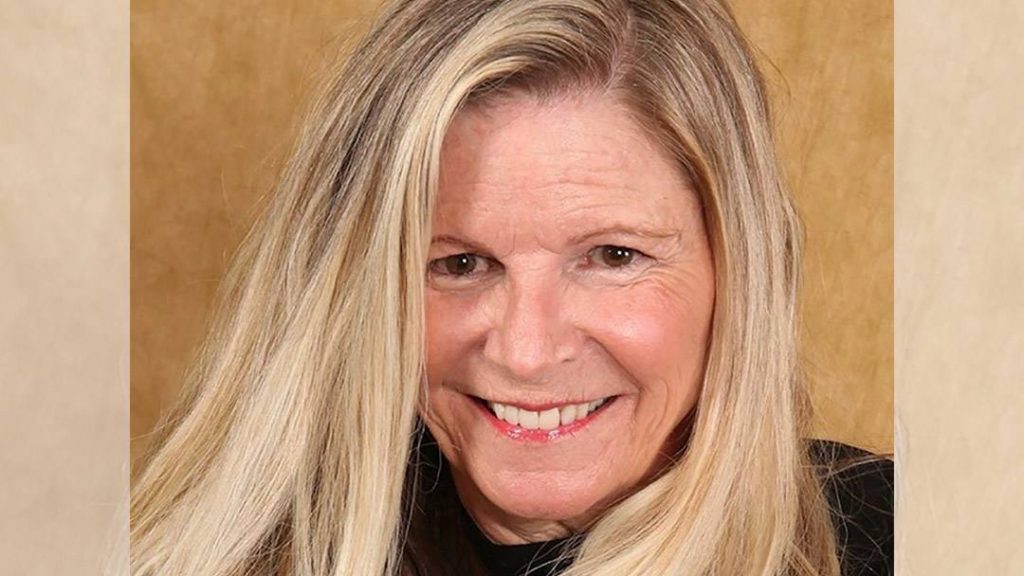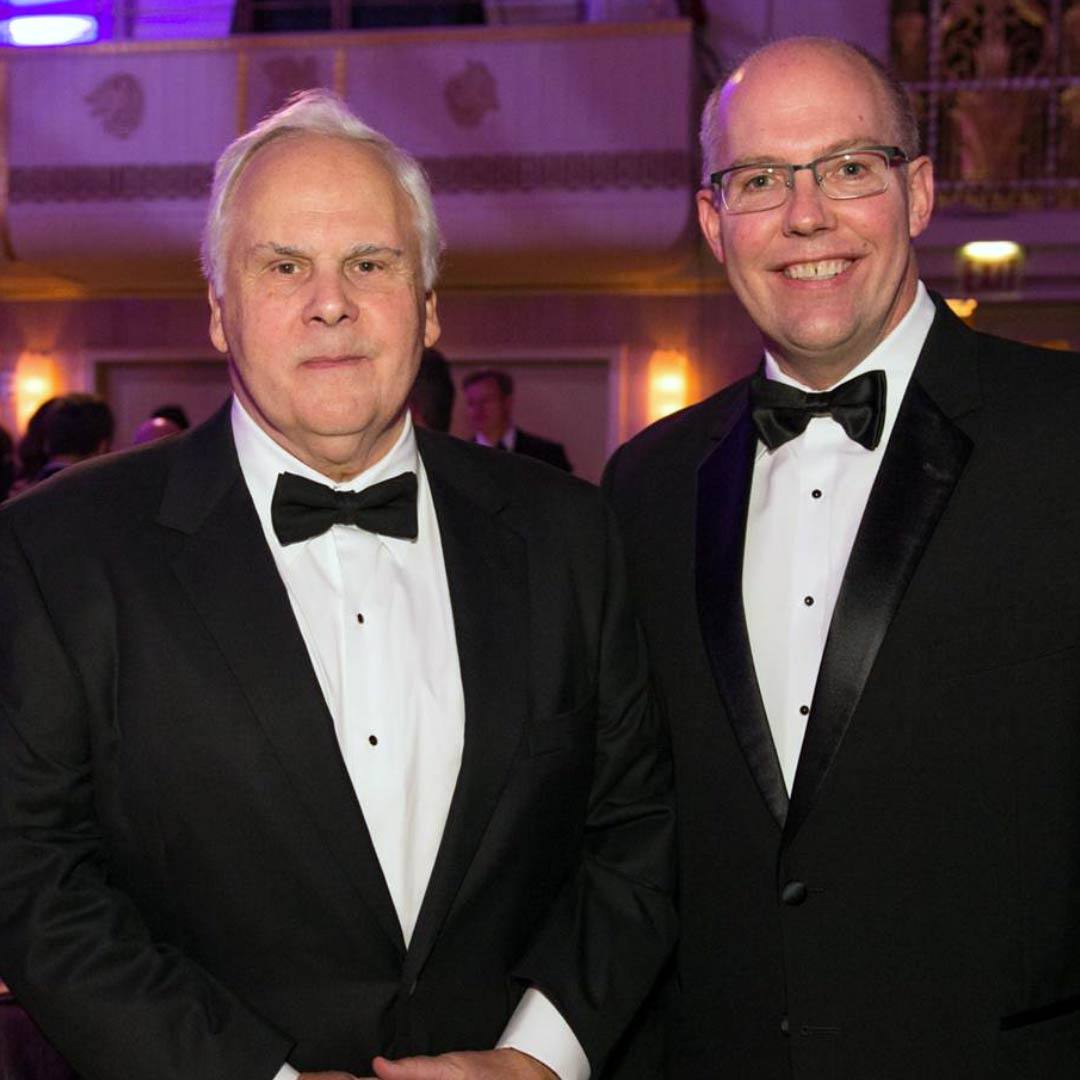-
In the Loop: Thirty years after a liver transplant and still going strong
 Thirty years ago, things certainly weren't like they are today. For starters, this fine publication wasn't around; social media didn't exist; there were no cell phones (unless you wanted to pay a cool $2,500 for a Motorola DynaTAC 8500XL); and a gallon of gas set you back less than a buck. If you needed a liver transplant back then, your chances of surviving for more than one year after transplant were about 75 percent. But don't tell that to MaryEllen Lannon. It's been more than 30 years since a transplant team at Mayo Clinic gave her a new liver. And she's showing no signs of slowing down any time soon. "I feel great," she tells us. "I really do."
Thirty years ago, things certainly weren't like they are today. For starters, this fine publication wasn't around; social media didn't exist; there were no cell phones (unless you wanted to pay a cool $2,500 for a Motorola DynaTAC 8500XL); and a gallon of gas set you back less than a buck. If you needed a liver transplant back then, your chances of surviving for more than one year after transplant were about 75 percent. But don't tell that to MaryEllen Lannon. It's been more than 30 years since a transplant team at Mayo Clinic gave her a new liver. And she's showing no signs of slowing down any time soon. "I feel great," she tells us. "I really do."
That wasn't the case when MaryEllen first came to Mayo Clinic from her home in Washington, D.C. "I was in a drug study at Mayo for two years before my transplant," she tells us. "I'd met with Dr. (Nicholas) LaRusso, and he talked to me about some of the studies Mayo was doing at the time and he thought I'd be a good candidate for one."
________________________________________________
This story originally appeared on the In the Loop blog.







